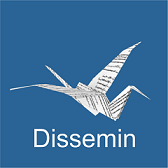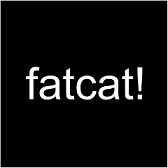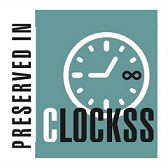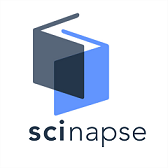A Review of the Tietze Extension Theorem
Abstract
The Tietze Extension Theorem maintains its position as a fundamental basis in general topology, particularly in understanding how continuous functions behave over normal spaces. At its core, the theorem states that any continuous real-valued function defined on a closed subset of a normal topological space can be extended over the entire space while maintaining continuity. This foundational insight bridges the gap between abstract separation axioms and functional extendibility. The proof of the Tietze extension theorem builds on Urysohn’s Lemma, gradually extending a bounded continuous function from a closed subset to the whole normal space in a way that preserves both continuity and the original bounds. From this perspective, the theorem demonstrates how a purely theoretical result can provide a practical method for extending information without distortion. As time progresses, the theorem has inspired extensive generalisations and applications, ranging from vector-valued function spaces to constructive settings and logical frameworks. Its impact can be seen in computational topology, geometric modelling, and data interpolation, where the smooth extension of data is essential. Moreover, its influence extends into diverse areas of mathematics such as functional analysis, data interpolation, computational topology, and categorical logic, making it a timeless bridge between pure mathematical theory and practical application
Downloads
References
Awodey, S. (2010). Category theory (2nd ed.). Oxford University Press.
Baran, T. M. & Erciyes, A. (2021). T_4, Urysohn’s Lemma, and Tietze extension theorem for constant filter convergence spaces. Turkish Journal of mathematics, 45(2), 843-855.
Bauer, A., & Taylor, P. (2009). The Dedekind reals in abstract Stone duality. Mathematical Structures in Computer Science, 19(1), 1-36.
Carlsson, G. (2009). Topology and data. Bulletin of the American Mathematical Society, 46(2), 255-308
Cîrstea, F. C. (2020). Proofs of Urysohn’s Lemma and Tietze extension theorem via Cantor function. Bulletin of the Australian Mathematical Society, 101(3), 456-464.
Coquand, T. & Spitters, B. (2009). Constructive Gelfand duality for C^* Algebras. Mathematical Proceedings of the Cambridge Philosophical Society 147(2), 339-350.
Dugundji, J. (1951). An extension of Tietze's theorem. Pacific Journal of Mathematics, 1(3), 353-367.
Engelking, R. (1989). General topology (revised ed.). Heldermann Verlag.
Escardó, M. (2004). Synthetic topology of data types and classical spaces. Mathematical Structures in Computer Science, 31(3), 319–345.
Evans, L. C., & Gariepy, R. F. (2015). Measure theory and fine properties of functions (Revised ed.). Champman and Hall/CRC Press.
Fujita, M., & Kawakami, T. (2024). G-invariant definable Tietze extension theorem (arXiv:2404.00853).arXiv.
Ghrist, R. W. (2014). Elementary applied topology. Createspace Independent Publishing Platform.
Gillman, L., & Jerison, M. (2018). Rings of continuous functions. Dover Publications.
Gromov, M. (2007). Metric structures for Riemannian and Non-Riemannian spaces. Birkhäuser.
Heinonen, J., Koskela, P., Shanmugalingam, N., & Tyson, J. T. (2015). Sobolev spaces on metric measure spaces: An approach based on upper gradient. Cambridge University Press.
Hajłasz, P., & Koskela, P. (2000). Sobolev met Poincaré. Memoirs of the American Mathematical Society, 145(688), 1–101.
Johnstone, P. T. (2014). Topos Theorist (Reprint ed.). Dover Publications.
Lee, J. M. (2011). Introduction to topological manifolds (2nd edsecond ed.). New York, NY: Springer.
Michael, E. (1956). Continuous selection I. Annals of Mathematics, 63(2), 361-382.
Munkres, J. R. (2000). Topology (2nd ed.). Prentice Hall.
Naor, A. & Neiman, O. (2021). Extension theorems and geometric analysis in metric spaces. Publications Mathe ́matiques de I’IHE ́S, 134(1), 129-197.
Preuß, G. (2012). Foundations of Topology: An approach to convenient topology. Dordrecht: Springer.
Tietze, H. (1915). Über Funktionen, die auf einer abgeschlossenen Menge stetig sind. Journal für die reine und angewandte Mathematik, 145, 9–14.
Willard, S. (2004). General Topology. Mineola, Ny: Dover publications.
Copyright (c) 2025 Amos Sosoo, Jacob Issaka, Charles Bukure, Bawa Hawa, Agnes Oppong Seppeh, Barima Akwasi Ahenkora, Bright Kwaku Anokye, Opoku Frederick, Michael Tweneboah Darkwah, William Obeng-Denteh

This work is licensed under a Creative Commons Attribution 4.0 International License.




























